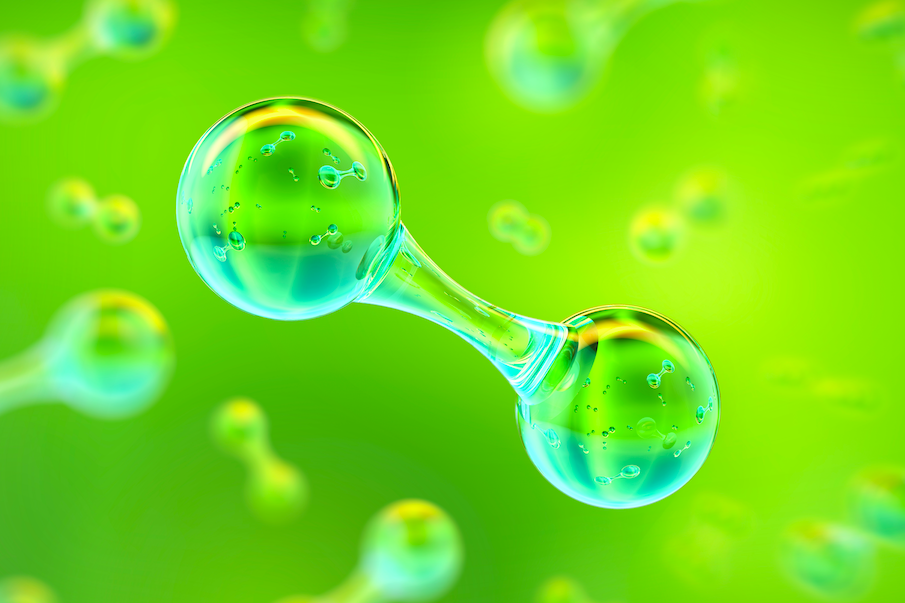MNC News
The Nano Center is a hub of innovation. Stay up to date with the Center's latest updates and events.
Nanocenter Research News: Inkjet Resistors
Scalability is a major struggle when working at the nanoscale since devices must be incredibly precise and it is often difficult to mass produce nanoscale parts. Researchers at the Nano Center have published a new paper examining the use of inkjet printing to cheaply and quickly create resistors for nanoscale circuits.
The researchers used a technique called Self-aligned Capillarity-Assisted Lithography for Electronics (SCALE) to inkjet print resistors onto a flexible substrate that can be manipulated before printing to help shape the resistors.
The result waspoly(3,4-ethylene dioxythiophene):poly(styrene sulfonate) (PEDOT:PSS)-silver resistors with high bend resistance and functionality rate. These advances in manufacturing are critical to making quantum applications a reality!
New Tool at the Minnesota Nano Center
Nanocenter Research News: Green Hydrogen
The researchers at the Minnesota Nano Center are working on a variety of projects every day that impact the world in ways big and, more to the point, very, very small. One tiny solution to a big problem is the work being done to improve hydrogen based battery systems. A thesis paper by UMN student Tejas Nivarty focused on making green hydrogen manufacturing more efficient by refining the production methods for a key catalyst in the water electrolysis process used to create hydrogen from water.
Nivarty focused on Atomic Layer Deposition, a technique similar to 3d printing on the scale of individual atoms, to carefully control the structure of Co3O4 crystals, and was ultimately able to achieve better crystallization and therefore a more suitable catalyst for water electrolysis than is typical of other methods.
The applications of and demand for green hydrogen is almost endless as its capacity to store energy makes it valuable as both a fuel and an energy storage material. New ways to decarbonize the hydrogen production process and make green hydrogen more financially viable may ultimately prove critical to decarbonizing industry and supporting other green technologies like intermittent renewable energy sources.
To hear more about how the Nanocenter tackles humanity’s biggest challenges at some of the smallest scales imaginable follow our linkedin or check out MNC news
Read the full paper at:
https://conservancy.umn.edu/handle/11299/227803


plasma to chemically etch surface organic contaminants with highly reactive free radicals or activate surfaces to alter surface characteristics such as wetting or adhesion.
The Nano Center is always adding new tools to provide our users with the most advanced facilities possible!